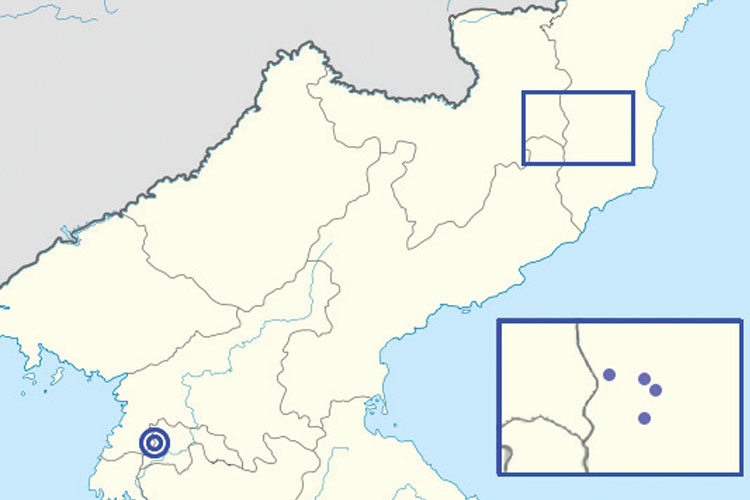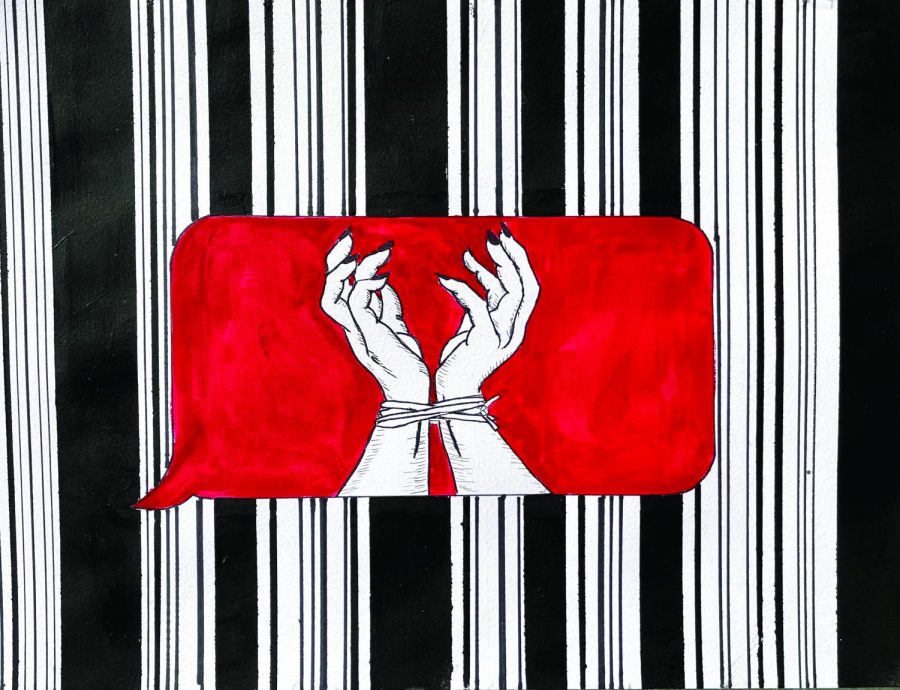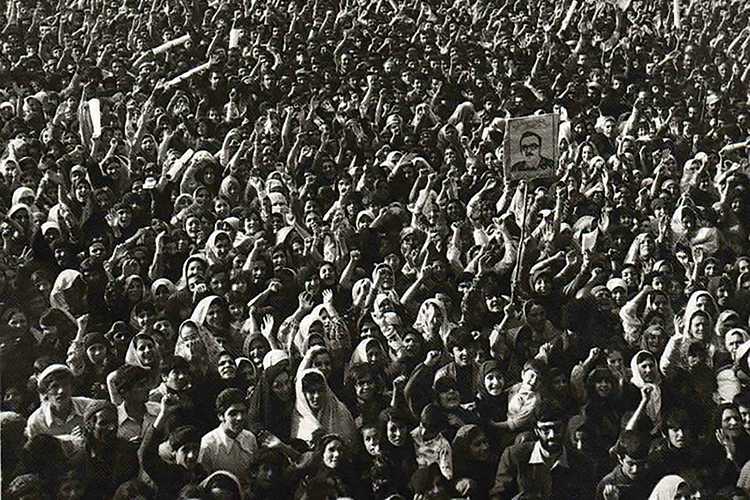A 5.1 seismic wave earthquake shook the town of Sungjibaegam in North Korea on Jan 6. near the Punggye-ri nuclear site. North Korea’s state news agency announced hours later that they had successfully conducted a hydrogen bomb test.
Was this hydrogen bomb test staged by North Korea?
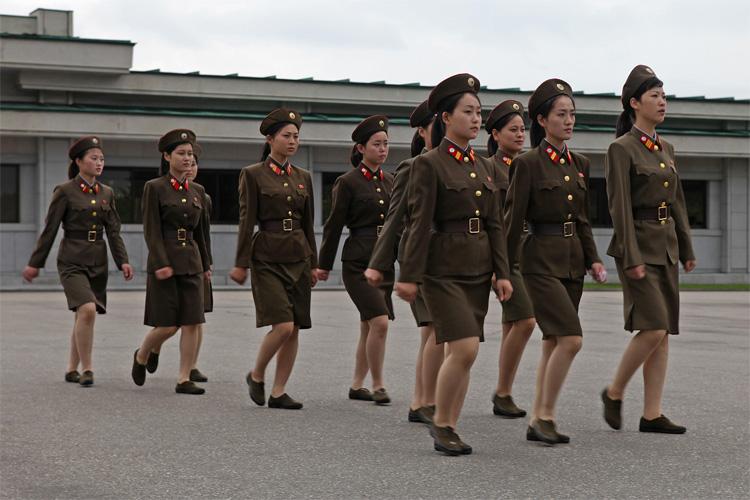
If successfully detonated, a hydrogen bomb has the potential to do widespread damage.
According to Upper School Science Department Chair and physics teacher Marshall Bartlett, hydrogen bombs are deadly.
“These weapons are designed to terminate societies,” he said.
However, according to the United States Geological Survey, the 5.1 seismic effect was equivalent to the range of past atomic bombs that North Korea has tested. In 2006, 2009 and 2013, North Korea tested other nuclear weapons that yielded earthquakes with seismic readings of 4.3, 4.7 and 5.1, respectively. They claimed these to be atomic bombs.
The difference between an atomic bomb and a hydrogen bomb, also known as a fusion bomb, is the amount of energy each releases. According to Bartlett, with an atomic bomb, the uranium or plutonium inside the bomb explodes when a charge ignites and squeezes the material inside close enough together. The nuclei are so tight that if one splits, the others would too in a chain reaction. By contrast, if hydrogen is used to bind itself, a substantially larger explosion occurs because there is more energy. Thus, a 7-magnitude earthquake would be expected from such a large explosion.
Across the world, there are 337 monitoring stations that record seismic events. Taking the magnitude of the earthquake from the explosion and the seismic waves detected into consideration, the amount of energy that resulted from the explosion can be reconstructed. This explosion released about 10 kilotons of TNT, but a hydrogen bomb explosion is about a thousand times greater. Instead, a fission bomb, which is an improved atomic bomb, may have been tested. But even if a hydrogen bomb was detonated, other factors must be taken into consideration.
According to the head of Temple University Japan’s Institute of Contemporary Asian Studies, Robert Dujarric, the larger the size of the bomb, the less useful. Furthermore, Dujarric said that one must consider if the bomb is strong enough to survive the missile launch and whether or not the vehicle carrying the bomb can survive reentering the high temperatures of the atmosphere.
“If the answers are negative, the bomb is pretty useless, though conceivably it could be dropped with a big airplane, but that’s much less effective,” Dujarric said. “This being said, even if there are doubts about the quality of the weapon, most people in the potential target aren’t reassured knowing there’s only a 5 percent chance the device will work.”
The United States tested hydrogen bombs in the 1950s during the Cold War. If North Korea were successful, it would join a very small group of countries including the U.S., France, Great Britain, China and the Soviet Union in having the technology of a hydrogen bomb.
Why did North Korea test this bomb?
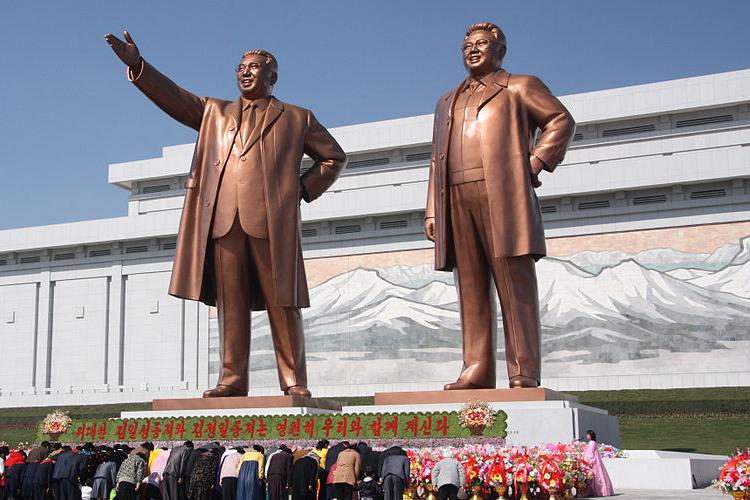
The general population of North Korea, under communist dictator Kim Jong Un, has little to no ties to the outside world.
According to Upper School history teacher and former CIA agent Tracy Walder, North Korea stages many of their actions.
“It’s North Korea, so you have to realize they manufacture what they want the world to know,” she said.
In addition to having limited communication with the outside world, North Korea is not a member of the International Atomic Energy Association. As a result, they have the capability of testing nuclear weapons without running into sanctions from other countries.
According to Walder, many stories have leaked about Un’s ineptness. Based on information from defectors, people who have escaped the country, Un is said to have different intentions than his father, Kim Jong Il.
“He’s said to have executed a lot of his family members, party members. We never heard about that with Kim Jong Il, and so I think this is another way to pump up his chest a little bit,” Walder said.
Dujarric agrees. “[The North Korean government] want[s] [the people] to feel awe at the achievements of [Un],” Dujarric said.
The test also could have been intended as leverage to receive aid from South Korea and other countries or to deter an attack from the United States and South Korea.
What does this mean for other nations?
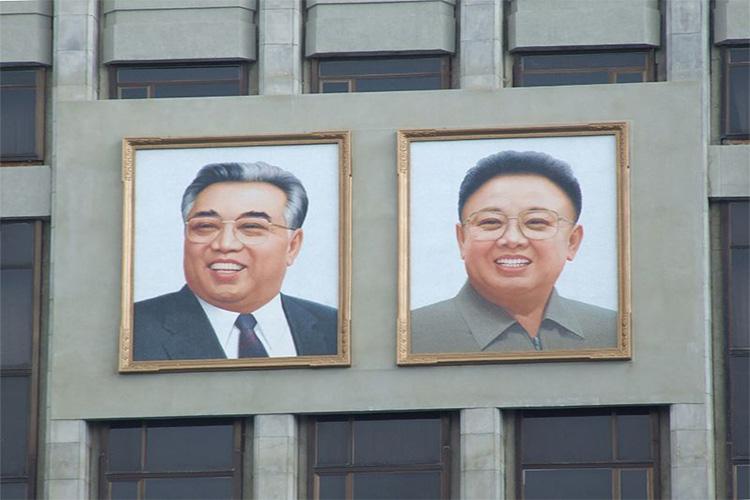
Even North Korea’s closest ally, China, was not notified of this test beforehand.
Thus, this relationship is weakening because of some of North Korea’s recent actions.
“Now it’s becoming even more difficult to talk to North Korea because even China is backing off,” Walder said.
China is not the only one affected. Other countries, such as the United States and Japan, also play a role.
“It strengthens the U.S./ROK alliance, helps bring Japan into the strategic picture and creates instability,” Dujarric said. “But China doesn’t want the DPRK [North Korea] to collapse, so it won’t do much.”
In the past, China has served as an intermediary between the United States and North Korea. The United States has tried to negotiate, but fortifying relations with North Korea have not been effective. Both the Clinton administration and the Bush administration have attempted to negotiate with North Korea.
In 1985, North Korea ratified the United Nations Treaty on the Non-Proliferation of Nuclear Weapons.
However, eight years after the signing of this treaty, the International Atomic Energy Agency (IAEA) accused North Korea of violating it.
North Korea then agreed to freeze and dismantle its nuclear weapons on the condition that it would receive aid from other nations to build two nuclear power stations in 1994.
The Pyongyang talks between the United States and North Korea in 1998 resulted in the U.S. demanding to inspect a facility that they believed was used to make nuclear weapons. North Korea agreed and allowed the United States to inspect the site in exchange for the their involvement in increasing potato yields in North Korea. The United States, however, did not find any evidence of nuclear involvement.
In 1999, President Bill Clinton agreed to relieve the economic sanctions on North Korea. However, two years later, Pyongyang threatened to resume missile tests. In 2003, North Korea withdrew from the Nuclear Non-proliferation Treaty and reactivated its nuclear development.
Dujarric doubts that North Korea would intend on actually using the hydrogen bomb if they had one. If they were to strike, he believes that the U.S. could easily retaliate.
Nevertheless, the fact that North Korea is attempting to create or test this bomb is alarming.
For South Koreans, especially the younger generation, threats from the North are normal. Eunice Lee, a graduate student at Korean University who studied Korean History for her undergraduate, attests to this. “Often…many people in our generation think this issue is not the main issue for our lives,” Lee said.
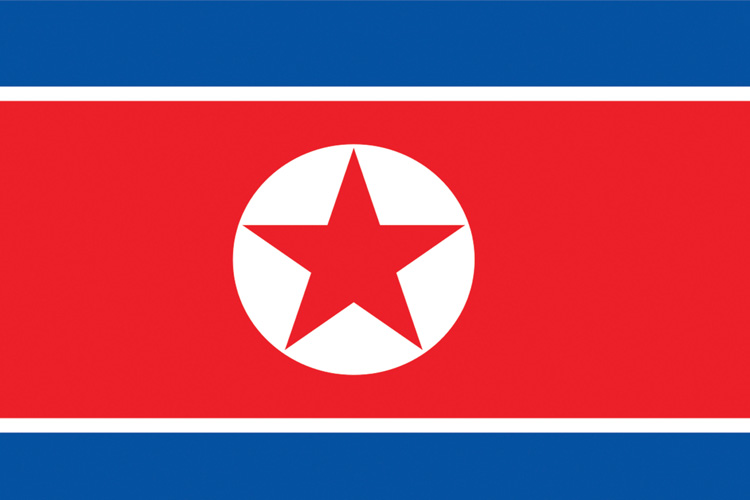
Sophomore and boarder Dana Choi, who has lived in both South Korea and the United States, sees differences in how people perceive each side.
“I feel that in Korea we actually don’t really care,” Choi said. “I feel like Americans care more about it.”
Because South Koreans are so used to threats from the North, Choi sees this as something that is not out of the ordinary.
“They’re surely a threat,” Dujarric said. “Are they the biggest threat around? No.”
Update: In Dandong, a Chinese city close to North Korea, an object that appeared to be a rocket was seen on Feb. 6. According to KCNA, North Korea’s news station, North Korea had successfully launched a satellite in orbit.


